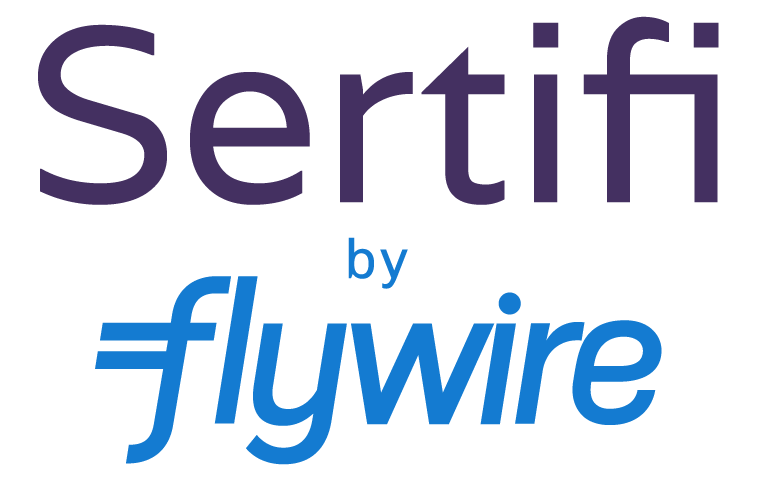Sertifi Chargeback Education
If you experienced a chargeback at your property, you've come to the right place.
Eliminating chargebacks entirely is impossible. That's because cardholders can evoke a chargeback at any time for any reason, legitimate or not (we know it’s not fair, but we can help). Hospitality professionals are also accommodating by nature, making you a prime target for fraudsters.
We're sharing insights and resources to help you learn how the chargeback may have happened, as well as how to strengthen your property's fraud prevention policy to ensure you're protected as much as possible in the future.
You got a chargeback. Now what?
1. Review Your Authorization Form
As a first step, we recommend reviewing your property's authorization form against our sample form. An authorization form can give you several clues on suspicious behavior and what could've led to the chargeback.
If you're missing any of these fields from your form, be sure to add them.
Same-Day Arrival Selections
Fraudsters like to act quickly (up to 48 hours prior to check-in), so many hotels have adopted a policy to not accept same-day reservations. While that may not be an option, here are some best practices to follow if you can:
- Adopt an advance deposit policy and charge a minimum or full amount immediately. If the transaction’s being made with a stolen card, the true cardholder will get a notification of the charge, which will prompt them to contact you.
- Require a second form of payment. If the first card fails or results in a chargeback, the second option is available. This process can be implemented for all same-day reservations.
Business Name, Addresses, and Phone Numbers
- Be on the lookout for vague, mismatched, or incorrect addresses, as well as any address with a P.O Box. Run a Google search of the provided business name to verify that it's real.
- Google Streetview can show you if the provided address is really a home, empty lot, bus stop, etc.
- If the provided cardholder and guest names are different, phone numbers should be different as well.
- Don’t accept a credit card if the address provided for the card and the address provided for the authorization are drastically different.
- Take note if a business email wasn't used with a business selection.
ID Request
Requesting the ID does two things. First, the request can deter a fraudster from completing the process and abandoning the transaction altogether because they don’t want to go that far with their scheme. Secondly, if a fraudster does upload an ID, it's another check point to review and look for anything unusual (we've even had a customer show us an ID in which the photo was an old television actor).
Missing key fields in your auth form? Use one of our templates here.
2. Contact the Provided Number
Before you initiate a dispute, we recommend contacting the number provided and try to learn firsthand why the chargeback was filed.
If it's a fraudster, they'll likely hang up immediately. If it's a legitimate guest, you can offer alternative solutions, such as a partial refund for the portion of their bill they really wanted to dispute (for example, they didn't like their room service order but charge-backed their entire stay, or offer reward points in lieu of a refund.
Preparing for a Chargeback Dispute
Here are some resources to help you prepare to dispute a chargeback.
Early Fraud Detection
Sertifi Advanced Fraud Tools
While there's no magic bullet to eliminate fraud, Sertifi's fraud detection tools are another layer of defense to help you reduce your risk.
Using a combination of AI and data analysis, our advanced fraud tools use data from the user and the credit card to assess if a transaction is fraudulent. You receive a risk analysis score based on different variables, which you can use to decide whether or not to proceed with a transaction.
Please note: Sertifi's advanced fraud tools are not yet available for Marriott Worldwide.
Additional Fraud Prevention Resources
Get In Touch
Would you like to review your chargeback case with us? Feel free to contact us, and please provide the following information in your message: property name and portal URL, the recipient's email address, and the file name.

